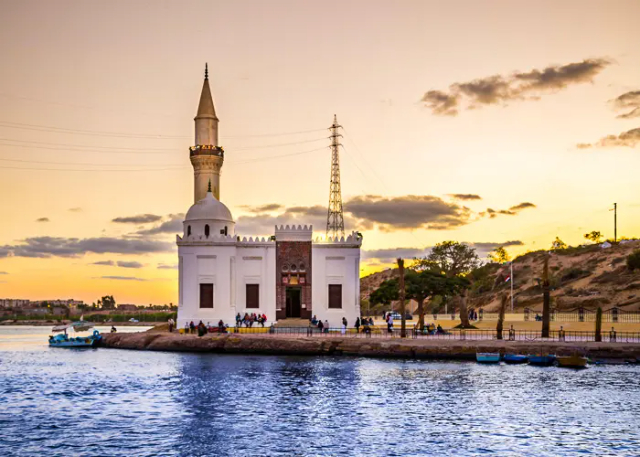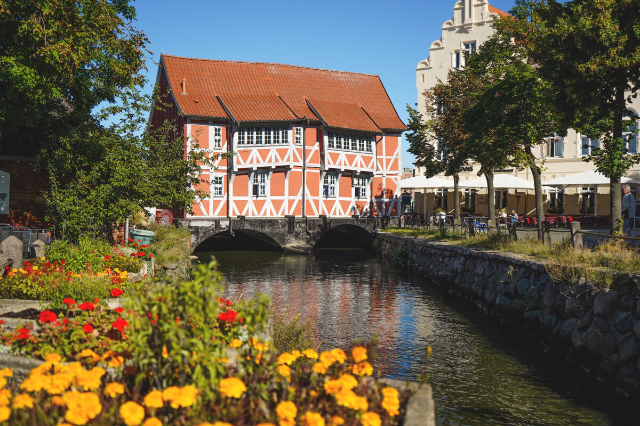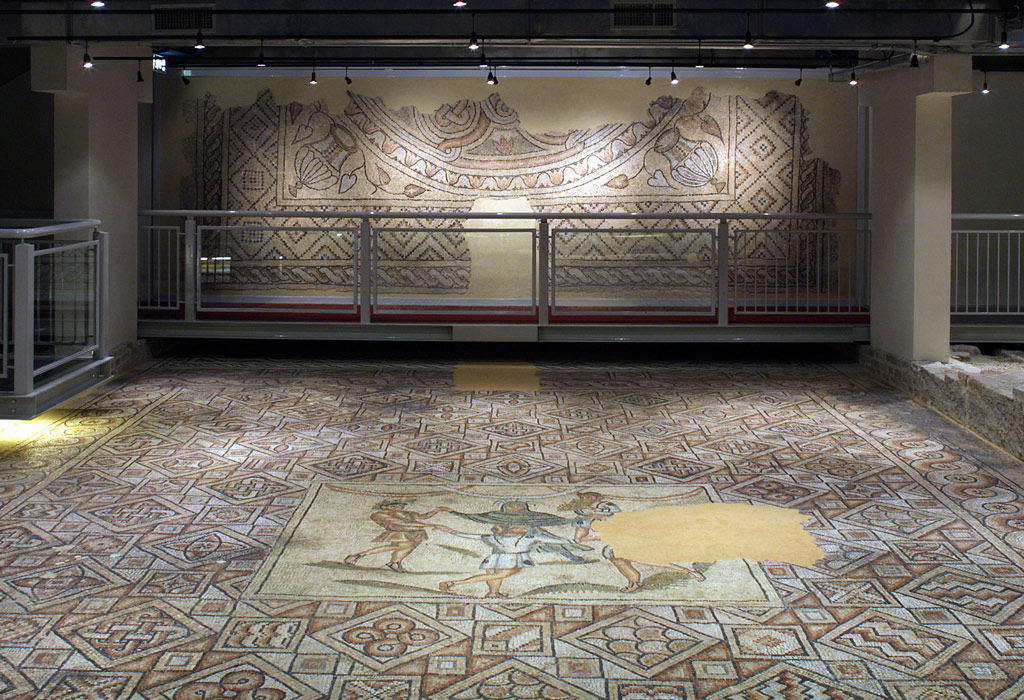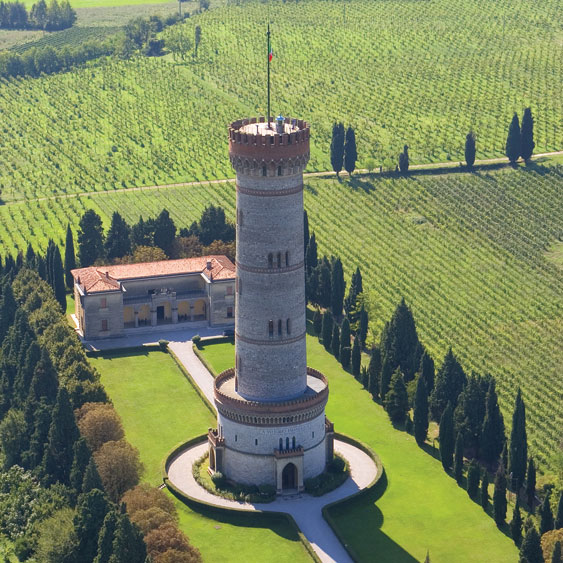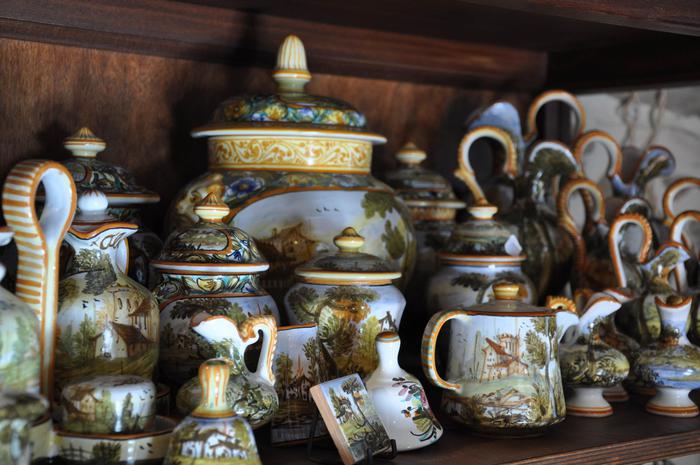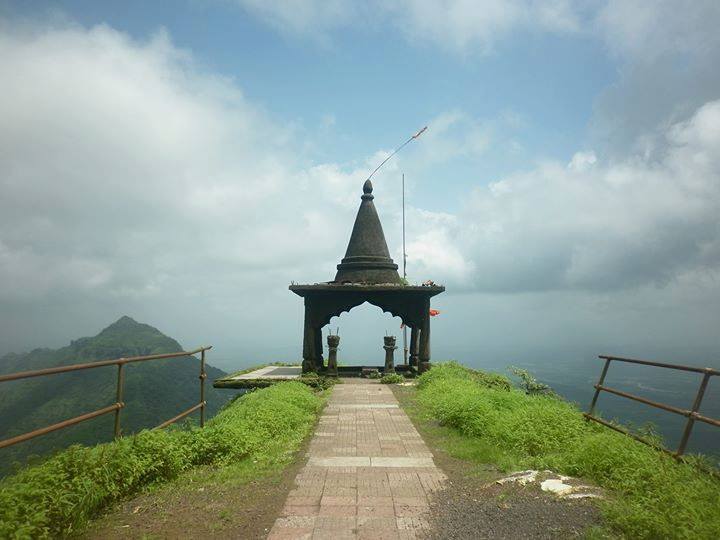Founded in the 9th century by Ibn Tulun, the Muslim governor of Egypt, Rosetta (also known by the modern name of Rashid) became one of Egypt’s most important ports, reaching its heyday during the 17th and 18th centuries.
With Alexandria’s revival in the 19th century, however, Rosetta fell into decline and today it is little more than an attractive fishing village surrounded by palm and orange groves.
Many beautiful Ottoman houses and mosques -reminders of Rosetta’s more glorious past – can still be seen around the town and several are open to visitors. Among the most beautiful are the House of Amasyali on.
Sharia Amasyali and Ramadan House on Sharia Port Said. The ornate 18th-century Azouz hammam (public baths) to the south of the town is almost entirely intact.
Rosetta is best known for the famous Rosetta stone (see pp20-21), which was discovered here by French soldiers in 1799. Part of a black basalt stele dating from the 2nd century BC, the stone was carved with a decree by Ptolemy V, written in ancient hieroglyphics, Greek and demotic Egyptian.
